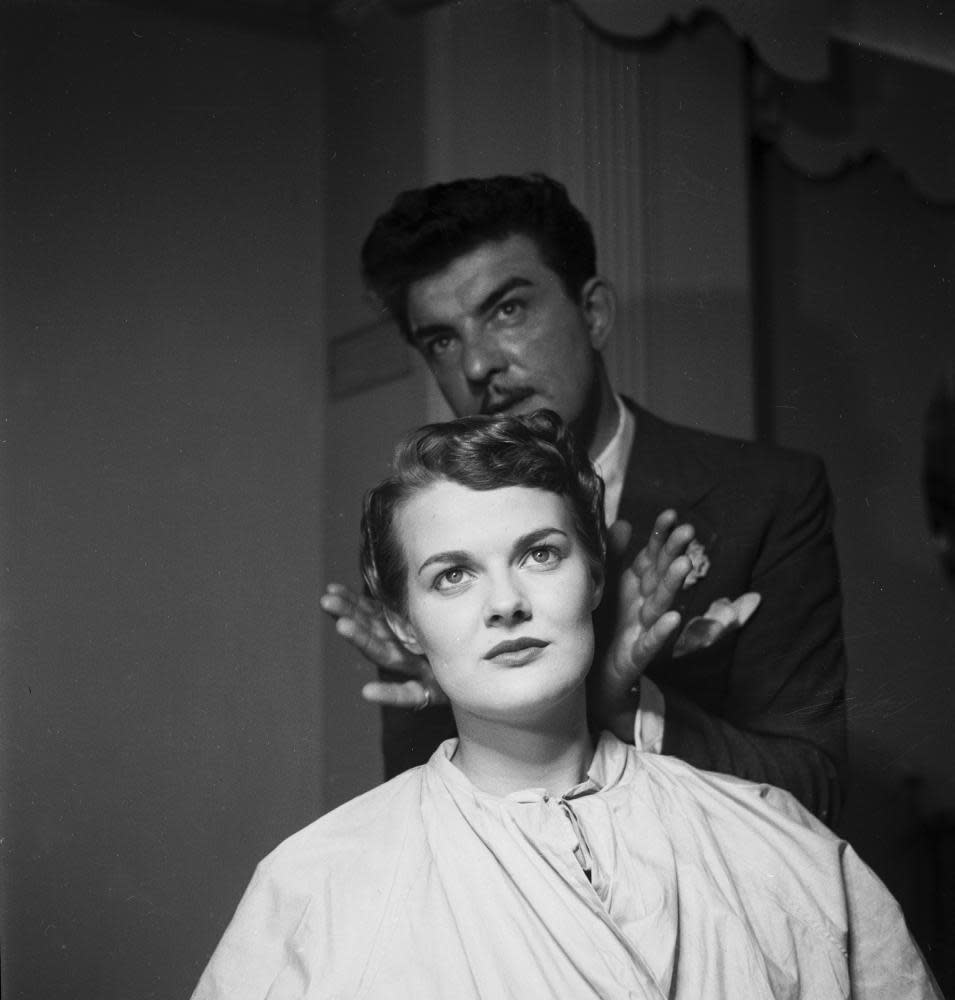The meaning of 'pampering' in a post-lockdown world

I was so keen for my post-lockdown trim last Saturday that I arrived at George Northwood’s salon just off London’s Oxford Street 20 minutes early. At the check-in point, instead of offering me a coffee, they took my temperature. I felt a brief jolt of greedy disappointment, because in the old days you used to get a tiny bar of chocolate with your coffee. But I was still so happy to be there that I made a terrible joke about being cool enough to come in, which the receptionist kindly pretended to laugh at from behind his visor.
I hate the word “pampering”, with its frilly talcum-powder overtones. (“Grooming” is even worse. What is this, Crufts?) And yet I was thrilled when I put that hair appointment in my still-barren diary. And while I’m typing this article with overgrown cuticles, that is only because my local beauty salon is fully booked for manicures and pedicures till later this week.
The reopening of hairdressers and beauty salons has been a landmark moment, not just for a workforce estimated between 150,000 and 200,000 people, but for many, like me, who have rejoiced in the novelty of being back in the treatment chair, despite being under no illusions about the true relative importance of the perfect post-salon hair or shiny new nails.

Elliot, my stylist at George Northwood, told me while he chopped away that getting back to work had felt “like a real honour. So many clients have said to me that their first time back in the salon has been the moment when it felt like they were getting a little bit of their old life back.”
Despite the plastic screens and the disposable gowns, the mood in the salon was cheery and oddly comforting. The polite ritual checking of water temperature, just in case madam is in a particularly fussy mood. The staccato blast of hairspray that signals the end of a session.
And yet for all the current enthusiasm, the beauty industry may never return to anything like the old normal. The extended lockdown forced many who were in the habit of outsourcing beauty treatments to hone DIY skills. I have learned from bitter experience that home hair colouring ends in tears. (One word: khaki.) Therefore, I had no choice but to live with mouse roots and blond split ends through May and June. But I dabbled in seven-day foot peel socks. (Too revolting to discuss in public, DM me for details.) And in despair at eyebrow threading treatments still being off limits – a harsh and seemingly sexist line having been drawn which disallows a treatment where both parties can wear a mask, but permits beard trims, for which the client cannot – I have just ordered an eyebrow epilator.

Many beauty treatments – manicures, spray tans, blow-dries – are about painting on a topcoat of polish with which to face the world. They are armour for life in meatspace. But with life having contracted to the size of a bubble, perhaps that armour is no longer necessary. Many people are still working from home, cooking instead of eating out. There are no parties, except on Zoom, and there’s a beauty filter for that. Many people who used to see themselves as outward-facing, economically-engaged citizens now feel more domestic instead. (If your pre-pandemic takeout coffee expenditure strikes you as a financial lunacy you are determined not to slide back into, then I’m talking about you.) Now that our colleagues have been behind the scenes of our lives as we Zoom from the kitchen table, is there any need to get back into stage makeup, even when we are back at our desks?
But beauty means so much more than makeup and manicures. An industry of commodified attractiveness is connected, even if with a dotted line, to beauty with a capital B. And the pandemic has not been pretty. Now, clearly, no one’s primary objection to a virus that has killed half a million people is aesthetic. The point I am making is that this has been an ugly time, literally, as well as metaphorically – and so, by the laws of physics, we long for the opposite.
The optics of the past few months have been bleak, jarring and unfiltered. (Rishi Sunak is, of course, the honourable exception, but apart from him.) Think of the yellow and black stripes of official messaging campaigns, with their wasp-sting associations; the one-way arrows and taped-off sections that make every public space feel like a building site. On one day towards the end of lockdown when I was feeling particularly low, I walked into my nearest Sainsbury’s Local – not the Uffizi to start off with – and the sheer visual assault of hazard tape and barricades almost did me in.

After the blinding heatwave that accompanied the adrenaline-surge of lockdown drama, even the weather now seems to reflect our uncertainty, a certain instability of mood. Peering out into this strange twilight summer, we crave light. Remember that it was a rainbow, not a virus emoji, that became the symbol of this strange season. We are all craving beauty. And we are grateful to get it anywhere we can.

